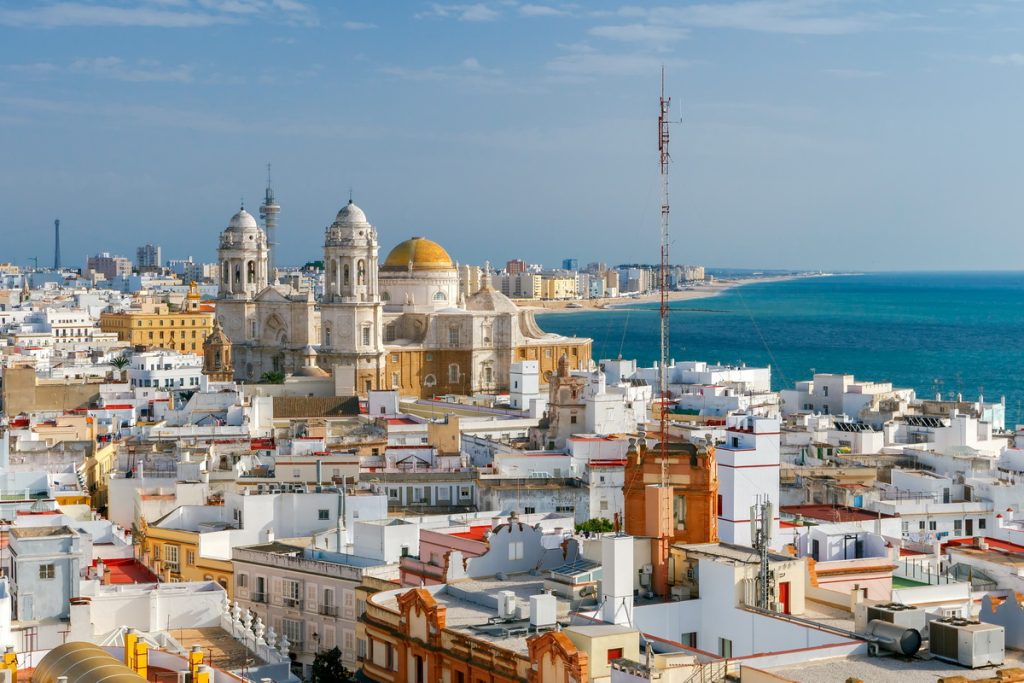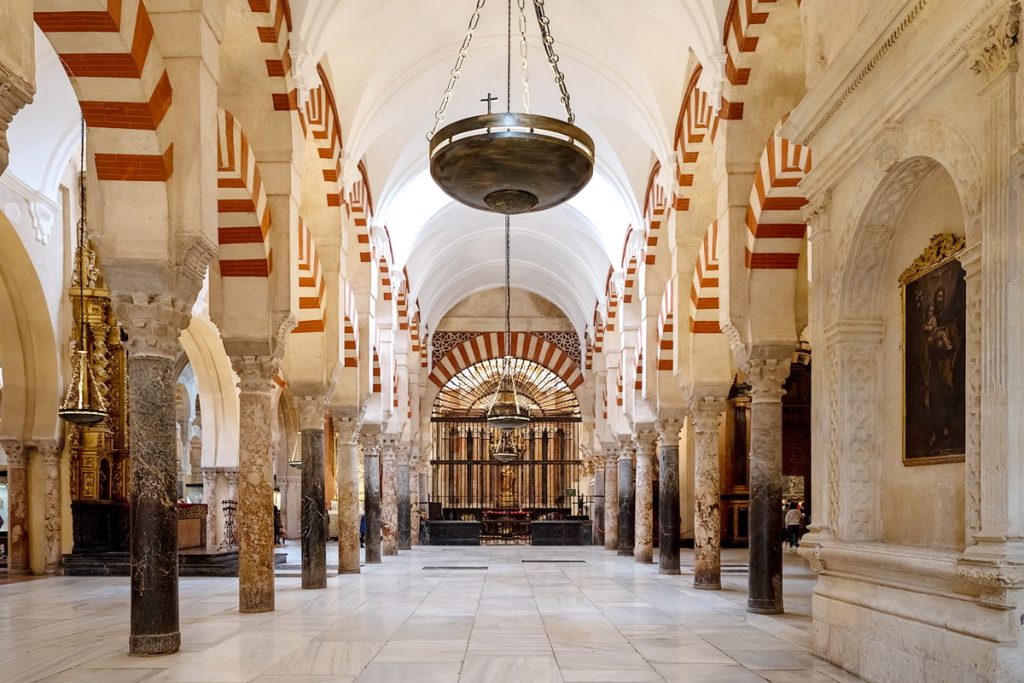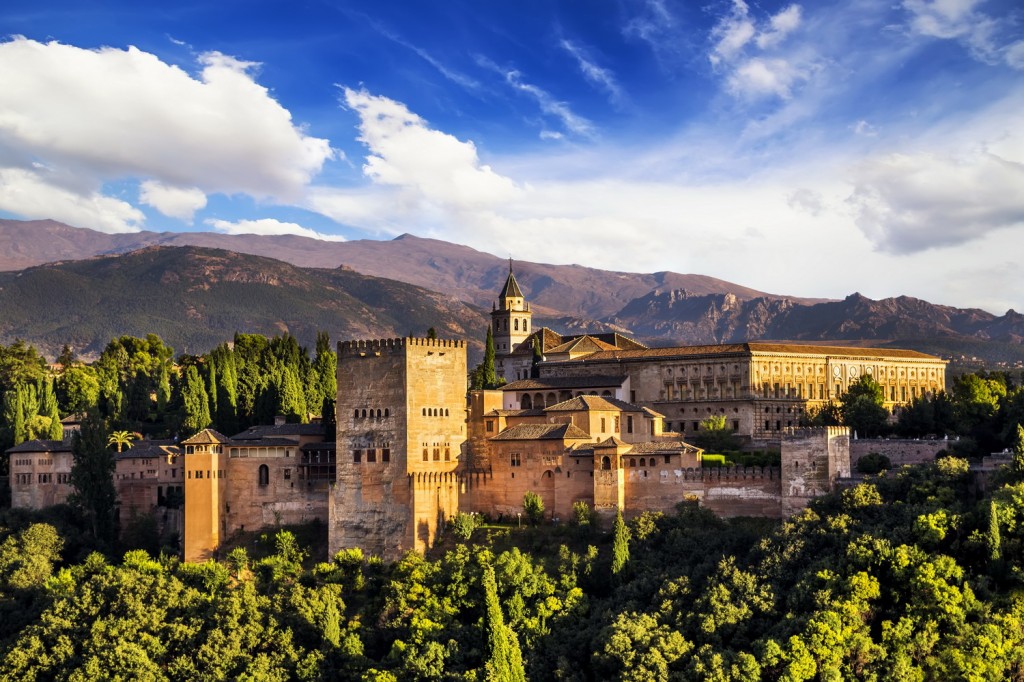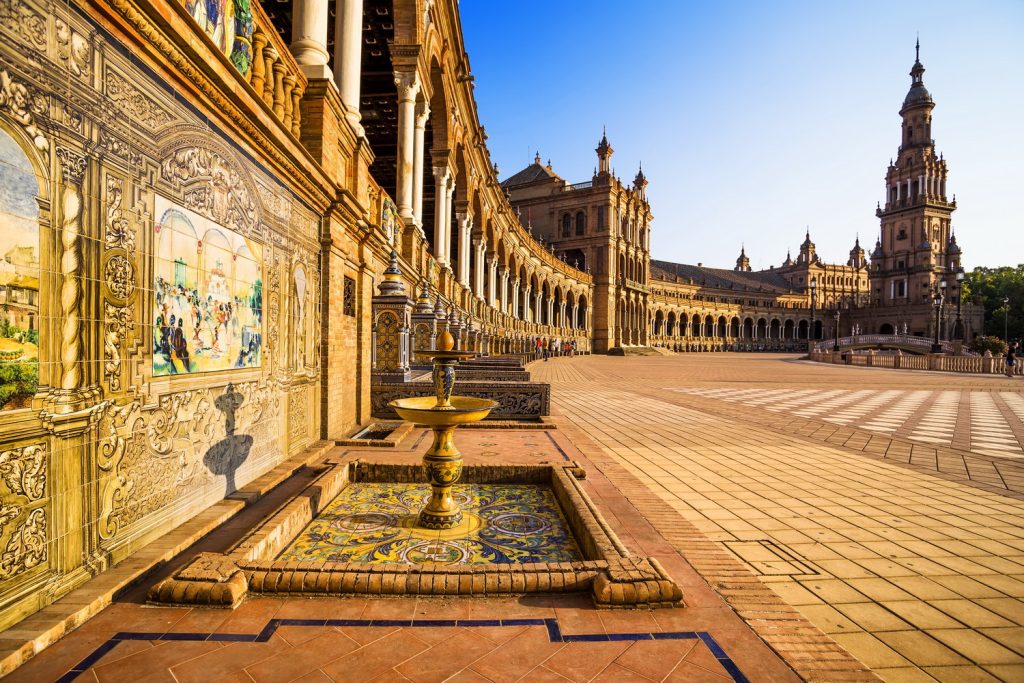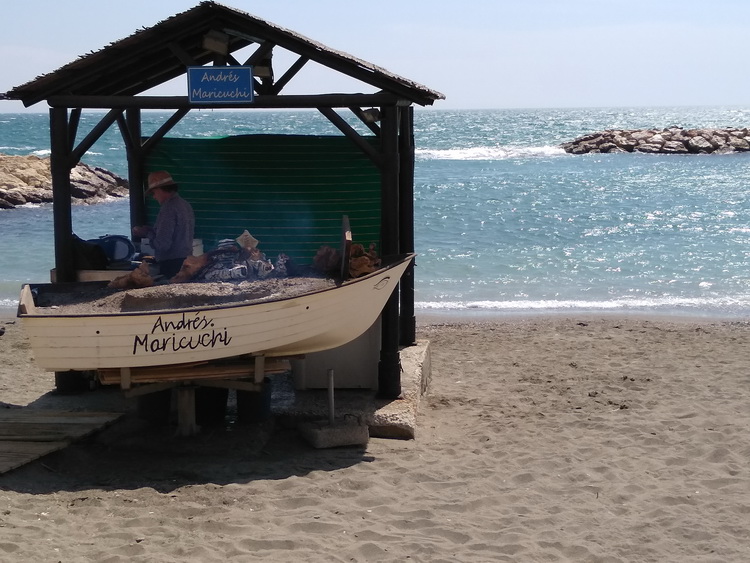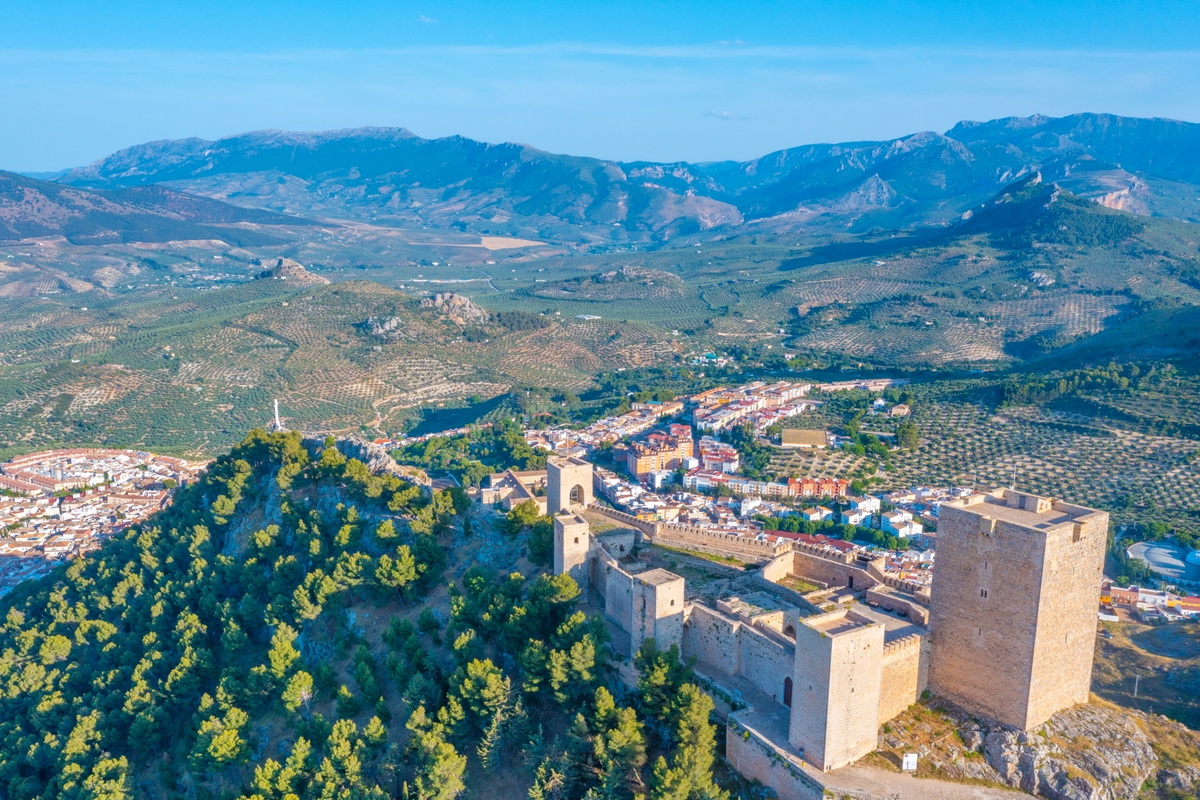
Everything you need to know for 2 or 3 days in Jaén
Gateway to Andalucía as you come from the neighbouring territories of Castilla-La Mancha and usually overlooked by travellers, Jaén province is a land of olive groves, historic villages, rich cultural heritage and gastronomic delights.
The province offers a blend of landscapes from imposing rugged mountain ranges to fertile valleys in which the endless fields of olive trees stretching to the horizon will make you understand why Jaén is known as the “World´s Capital of Olive Oil”.
Its countless castles, palaces, churches and monuments are an evident testament to its glorious past as a strategic bordering point during the Moorish-Christian conflict and its subsequent economic growth. The city of Jaén itself, the imposing twin towns of Úbeda and Baeza as well as the picturesque villages along the province, boast a mix of architectural styles showcasing the cultural influence of the three main cultures -Jewish, Moorish, and Catholic- that lived together over the centuries.
No matter what you are looking for during your trip, this province will show you its essence wherever you go. Warm hospitality, gastronomic traditions and a strong emotional attachment to its history and land, this is the perfect combination to discover the authentic Andalusian life off the beaten track
Table of Contents
Jaén Highlights – things to see and do in Jaén City
Things to See and Do in Jaén Province – Out and About
- Úbeda
- Baeza
- Andújar
- Bailén
- Sierras de Cazorla, Segura y Las Villas Natural Park
- Castles and fortresses of Jaén province
- La Mota Fortress at Alcalá la Real
- The Synagogue of Water in Úbeda
Dining Out
Practicalities – Frequently asked questions about things to see and do in Jaén
Jaén Highlights
The City of Jaén
A hidden gem, truly ‘undiscovered’
A city often overlooked in Andalucia and still undiscovered by many, Jaén is a hidden gem you now have the opportunity to explore.
Surrounded by vast olive groves and mountains, Jaén produces the 60% of Spain’s olive oil and boasts the highest density of castles in Europe. The proximity of the breathtaking Cazorla National Park and the pristine landscapes create a spectacular backdrop to this off-the-beaten track destination.
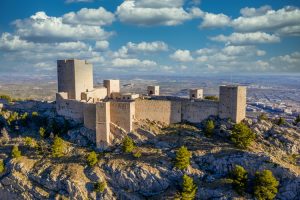
Santa Catalina Castle – now the Parador de Jaén
The imposing Santa Catalina Castle, located in a fortified enclosure alongside the Parador, towers over the winding narrow streets offering the best views of the city and across the Guadalquivir valley. From high atop the hill, the city unveils its treasures.
The monumental Renaissance-style Cathedral of the Assumption of the Virgin, the 16th-century Palacio de Villardompardo, the 11th-century Arab baths, declared National Monument, located in its basements and the Minor Basilica of St. Ildefonso, scene of a famous miraculous event: the descent of the Virgin Mary to the city, among other interesting museums, charming squares and suggestive gastronomic options will keep you enthralled from start to finish.
Jaén Cathedral
The best of the Spanish Renaissance
Considered one of the most remarkable examples of Renaissance style in Spain, the Cathedral of the Assumption of the Virgin in Jaen is a symbol of architectural mastery, historical relevance and religious devotion. Source of inspiration for many temples built in America, its striking façade and interior combines Gothic, Baroque and Neoclassical elements evolving along the centuries and resulting in its peculiar blend of styles.
The origins of the shrine date back to the 13th century on the site of an old mosque during the reign of Ferdinand III the Saint.
Later, in the 15th century, a Gothic building was erected to hold the Holy Veil or Sudarium, becoming a pilgrimage point for Christianity. The refurbishment works carried out by Andrés de Vandelvira in the 16th century, endowed the cathedral its marked Renaissance style.
It has been declared National Monument and can be visited from Mondays to Sundays with free audio guide included. Guided visits and night visits are also available.
More details at: https://catedraldejaen.org/cultural-visit/
The Arab Baths of Jaén
11th century – possibly Roman…
Hidden beneath the 16th-century Villardompardo Palace and nowadays, a visit to the Arab Baths in one of the most captivating experiences in Jaen. Dating back to the 11th century, some historians allege that they were built atop ancient Roman baths, harnessing the benefits of natural thermal springs.
Probably the largest in Spain due to their area of 450m², the baths unearthed in 1913, declared National Monument in 1931, and carefully restored to showcase their architectural splendour as an important place for personal hygiene, but also for social life.
It was reopened in 2014 as The Arab Baths Cultural Centre offering a varied programme of exhibitions, concerts, lectures and demonstrations. The visit to baths is free.
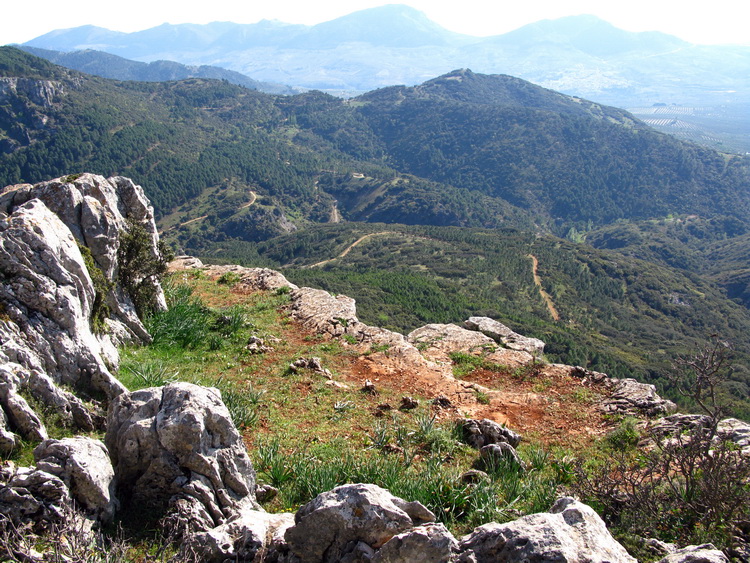
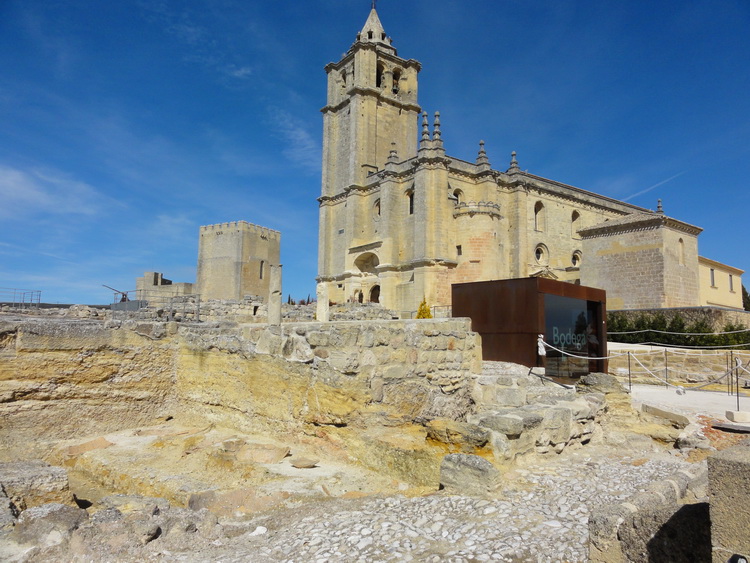
Things to See and Do in Jaén Province
Úbeda
A monumental surprise!
Set in what is now a sleepy, agricultural corner of Andalucia among the mountains and the olive groves, Ubeda, and its sister town Baeza, can come as quite a surprise.
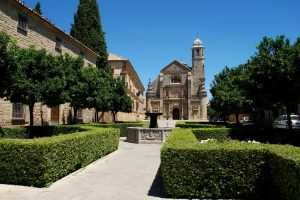

Baeza
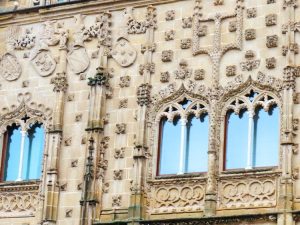
Its labyrinthine streets unravel the tapestry of centuries-old architecture. Adorned mansions bearing their noble coats of arms, churches, palaces and squares intertwine with whitewashed houses and fortified alleys to create a lovely atmosphere that will take you back in time.
It could be said that Baeza is condensed within three squares – Plaza de Santa María, Plaza de Santa Cruz, and Plaza del Pópulo. Each of them beckons you to pause and appreciate the landmarks they hold. Plaza de Santa María showcases the
Cathedral and the Seminary of San Felipe Neri, while Plaza de Santa Cruz boasts Jabalquinto Palace, the old University, and the church of Santa Cruz. Moreover, Plaza del Pópulo features the Lions Fountain and the Villalar Arch. The stroll from one square to another typically takes around ten minutes, so it won´t take long for you to fall in love with this lovely town.
Andújar
Located on the banks of the Guadalquivir River, crossed by a spectacular Roman bridge, Andújar is a city of extraordinary architectural and cultural heritage, declared of Cultural Interest, with the category of Historical Set of Andalucia.
A patrimonial collection of great interest is still preserved in the village, not only for the quality of its monuments, such as churches, noble houses, the Mudéjar Tower of the Clock or the Town Hall, but also for their diverse artistic styles.
The pilgrimage to the Virgen de la Cabeza Sanctuary, nestled in the Sierra de Andújar Natural Park, is one of its most popular centuries-old traditions attracting thousands of visitors every year.
Also known for its rich natural beauty and agricultural significance, it´s an important producer of olive oil, with numerous olive groves in the surroundings.
Bailén
Nature and history in harmony
Another point of interest for history lovers, Bailén is renowned for its crucial role during the Independence War in 1808 when the great Napoleonic Army surrendered to the Spanish troops for the first time. There is a museum mainly dedicated to this eponymous historic event and an annual celebration takes place in July.
Its significance also lies in being located at the crossroads of Sierra Morena and Despeñaperros Natural Park with north and south of the peninsula. Like any other small village in the region, you will breathe the local atmosphere and enjoy its traditional delicacies.
Sierras de Cazorla, Segura y Las Villas Natural Park
Spain’s largest protected nature park

Cazorla nature park
In the northeast of the province, mountain ranges encircle the extensive and breathtaking Natural Park of Sierras de Cazorla, Segura y Las Villas, Spain’s largest protected nature area and second largest in Europe.
As snow melts on the highest peaks, water trickles through the limestone plateaux and into the streams that feed the mighty Andalusian rivers.
Within the sheltered valley, a thriving ecosystem flourishes. Boars, deers and rare species such as the Spanish ibex roam amidst the depths of pine forests, and fluttering wings and bird song resonate in the air. It´s haven for outdoor activities such as hiking, bird watching, and nature photography.
Sleepy villages with well-preserved traditions, historic castles offering unbeatable views, and the bustling market town of Cazorla itself contribute to the diverse tapestry of this UNESCO biosphere reserve.
Castles and Fortresses of Jaén Province
90 magnificent castles!
Due to its strategic location in the border between Christian Castilla and Muslim Granada during the Middle Ages, almost 90 castles have survived to the present day in this province.
You may be as surprised as we were when we learned that Jaén is the territory of Europe with the highest concentration of castles and fortresses, each of them true witness of the region’s rich past.
Two of the most important battles in Spain´s history took place in this region: Navas de Tolosa in 1212, which led to a faster Reconquest of the Peninsula by the Christians and the Battle of Bailén in 1808, where forces of Napoleon’s French Empire clashed with the Kingdom of Spain.
The Route of the Castles and Battles of Jaen offers a thrilling itinerary including the most relevant examples preserved: Castillo de Santa Catarina in Jaén city (which now houses the Parador), Castillo de La Iruela in the village of Cazorla, Sabiote, Burgalimar, Alcaudete and Fortress of La Mota (one of our favourites, see below) just to mention a few. If you are a history lover wanting to learn more about the military architecture and tumultuous history of the Iberian Peninsula this region is a must.
La Mota Fortress at Alcalá la Real
A historic jewel, not to be missed!
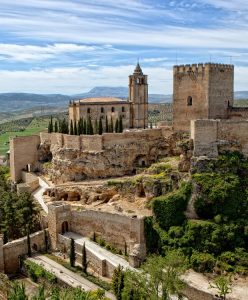
It offers picturesque views dominated by the imposing La Mota Fortress which exerts a magical power on visitors and locals alike.
Declared Asset of Cultural Interest, you can explore the original structure of the Almohad wall, the urban layout of the Renaissance city and the surrounding landscape designed by both Muslims and Christians during the Middle Ages. A true jewel for history lovers! connection with the New World.
The Synagogue of Water in Úbeda
A rare treasure
In 2007, during a private business renovation, the ancient walls gradually unveiled a rare treasure: the arches of a Jewish Synagogue, the Women’s Gallery, and even a Ritual Bath (Mikveh). Open to the public since 2010 and only bookable in advance – click here – this magnificent find keeps more than one secret. Go and discover them yourself!
Eating and drinking in Jaén
World Capital of Olive Oil
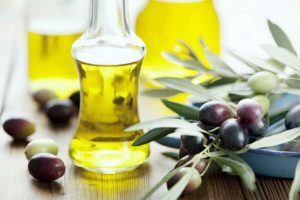
You will be pleasantly surprised too by the good selection of local wines available – fifty in all – red, white and rose and even sparkling. Try the red “Alto de Campoameno” which won the Gold award at VinEspana 2021 Sommelier Awards.
Regional dishes include “lomo de orza” (a confit of pork loin), “pipirrana Jaenera” (Jaen’s versión of gazpacho), “migas Ubetenses” (fried breadcrumbs with grapes, bacon, green peppers and roasted garlic topped with a fried egg), “faisan con setas” (pheasant with wild mushrooms), “cabrito con habas” (kid with broad beans) and “natillas con borrachuelos” (soft custard with fried pastries).
As with the rest of Andalucia, tapas are a great favourite and many people make a meal of them doing the rounds of the tapas bars especially in the evenings.
You’ll get our own restaurant recommendations as part of your information pack and Vamoos app but do ask your hotel for recommendations as things are always changing and new things popping up.
The “liquid gold” – the taste of Jaén´s identity
“World´s Capital of Olive Oil” is not just a well-deserved epithet of this region. The growing of olives and the production of oil have shaped its identity and boosted its economy for centuries creating an unbreakable bond between the land and its people.
There is no better way to witness the rich living heritage of Jaén than to delve into the endless groves of olive trees and learn about the meticulous process to extract the “liquid gold”.
You can visit traditional mills where local farmers will show off their expertise gained over the course of centuries and taste this unique product. Don´t miss the opportunity to try the traditional dishes and appreciate the influence of this essential ingredient in the Spanish cuisine.
Frequently Asked Questions about Things to See and Do in Jaén
How to get to Jaén?
As is often the case with ‘hidden gems’ there isn’t any direct access to Jaén by air or sea. Málaga is the best port of entry or Sevilla. Granada and Córdoba are not very distant so it’s ideal to visit as part of a tour such as our AC2 Discover Andalucia
- From Heathrow: Malaga with BA
- From Gatwick: Malaga with BA, Vueling, TUI or Whizzair; Sevilla with Easyjet, Vueling or BA
- From Stansted: Sevilla with Ryanair; Malaga with Ryanair or Jet2
- From Luton: Sevilla with Ryanair; Malaga with Easyjet or Ryanair
- From Manchester: Sevilla with Ryanair; Malaga with Easyjet, Jet2, TUI or Ryanair
- From Bristol: Malaga Ryanair or Easyjet
- From Newcastle: Malaga with Ryanair, Jet2 or TUI
- From Dublin: Malaga with Ryanair and Aer Lingus
- From Edinburgh: Sevilla with Ryanair; Malaga with Ryanair
- Other UK airports available, particularly to Málaga – ask us about these.
A visit to Jaén can also combine well with Madrid which has direct flights to many airports in the UK and worldwide. Please ask us for more information.
When to go to Jaén?
A visit to Jaén is best enjoyed in the Spring or the Autumn. From mid-March through to early July then from September through to mid-November.
Though slightly cooler than Sevilla, at the height of summer temperatures can sometimes reach 40º Centigrade – so best avoided unless you’re a true sun-lover.
The winter months can be quite cool but the average temperature ranges between lows of 5ºC and highs of 15ºC so it’s not a very extreme climate.
How long to stay in Jaén?
What to eat in Jaén?
Jaen is the World´s Capital of Olive Oil, so don’t miss out on any opportunity to visit a mill or taste the local varieties from the Sierra de Segura, Sierra de Cazorla y Sierra Mágina.
Almonds and pistachios as well as the local cheeses and cured meats are great at any time of the year and the cherries and game are not to be missed when in season.
The most typical dishes are the stews – Andrajos which are stewed vegetables usually with salt cod, rabbit or some other meat added and Galianos which is like a dry gazpacho with pasta – all enriched of course by the local oils…
For the sweet-toothed do try the Papajotes – a local variant on the donut.


